In the vast tapestry of Earth’s biodiversity, some threads have become perilously thin. Among the most delicate of these is the Spix’s Macaw (Cyanopsitta spixii), a striking blue parrot whose population has dwindled to fewer than 50 individuals in the wild. This critically endangered species represents one of conservation’s most urgent challenges and poignant stories. Once soaring through the caatinga woodlands of northeastern Brazil, this magnificent bird now teeters on the precipice of extinction, highlighting the fragility of our planet’s ecological balance and the devastating impact of human activities on wildlife populations. Its story is not merely one of loss but also of hope, as dedicated conservationists work tirelessly to prevent its disappearance from our world forever.
The Tragic Decline of the Spix’s Macaw
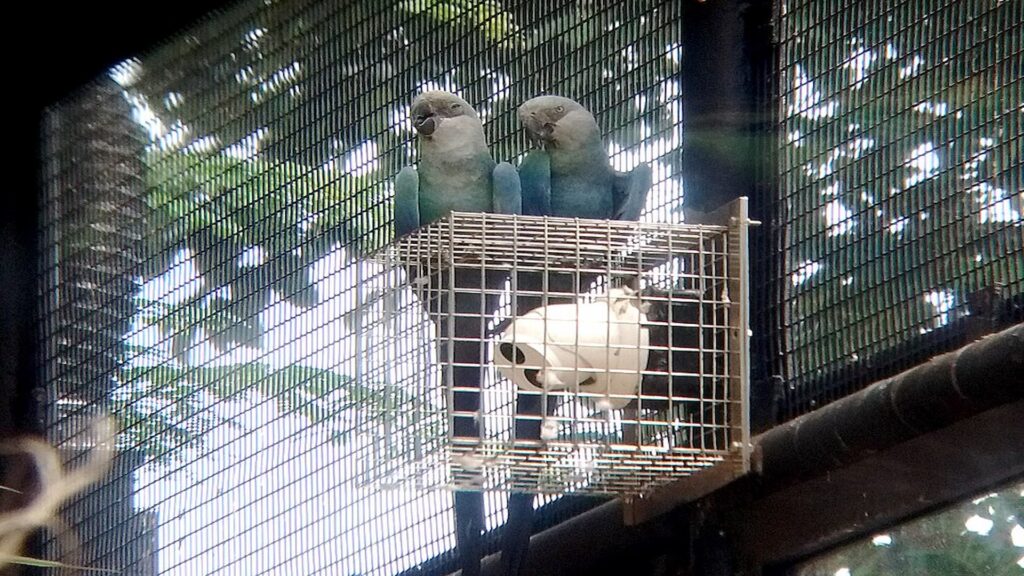
The Spix’s Macaw’s journey toward extinction began in the 19th century when European naturalists first documented this striking blue parrot. Named after German naturalist Johann Baptist von Spix who collected the first specimen in 1819, the bird was considered rare even then. Through the 20th century, its numbers steadily declined due to habitat destruction and illegal trapping for the exotic pet trade, with birds fetching astronomical prices on black markets worldwide. By the 1990s, researchers could only locate a single wild bird, a male that disappeared in 2000, marking what many feared was the end of the species in its natural habitat. This decline represents one of the most dramatic and rapid population collapses of any bird species in recorded history.
Physical Characteristics and Unique Traits
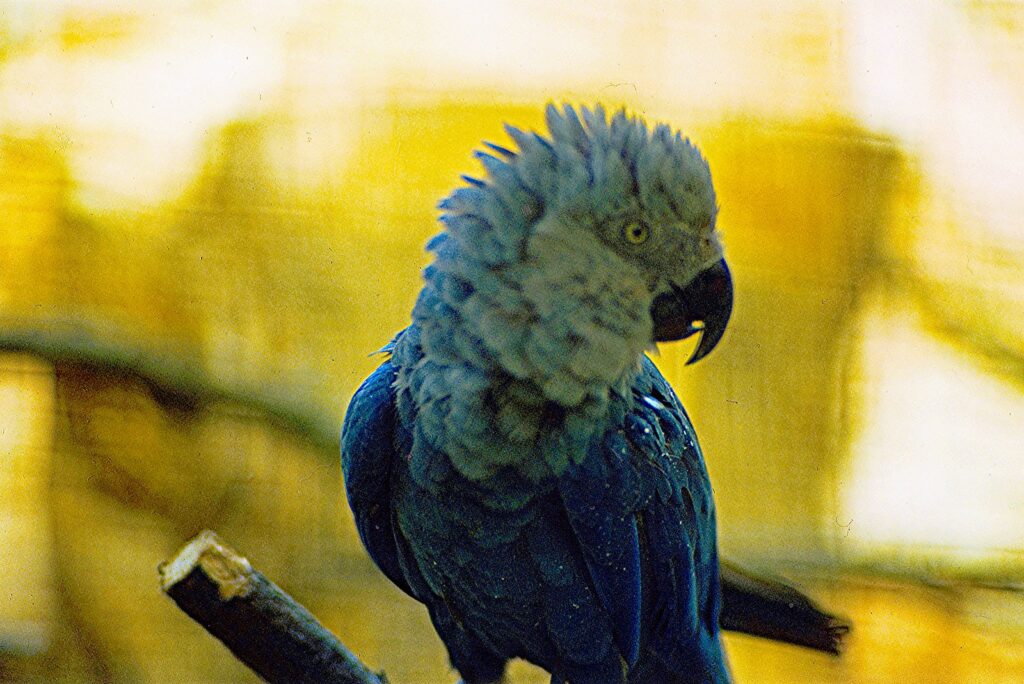
The Spix’s Macaw possesses a distinctive appearance that sets it apart from other parrot species. Standing approximately 55-57 centimeters (22 inches) tall, it displays predominantly blue plumage, with a lighter blue head and a distinctive gray-blue facial patch around its eyes. Its long tail and relatively slender build give it an elegant appearance compared to other, more robust macaw species. The birds have strong, curved black bills perfectly adapted for cracking nuts and seeds found in their native habitat. Perhaps most captivating is the unique vocalization of the Spix’s Macaw – a series of melodious calls and squawks that once echoed through the caatinga forests but has now fallen largely silent in the wild.
Natural Habitat and Ecological Niche
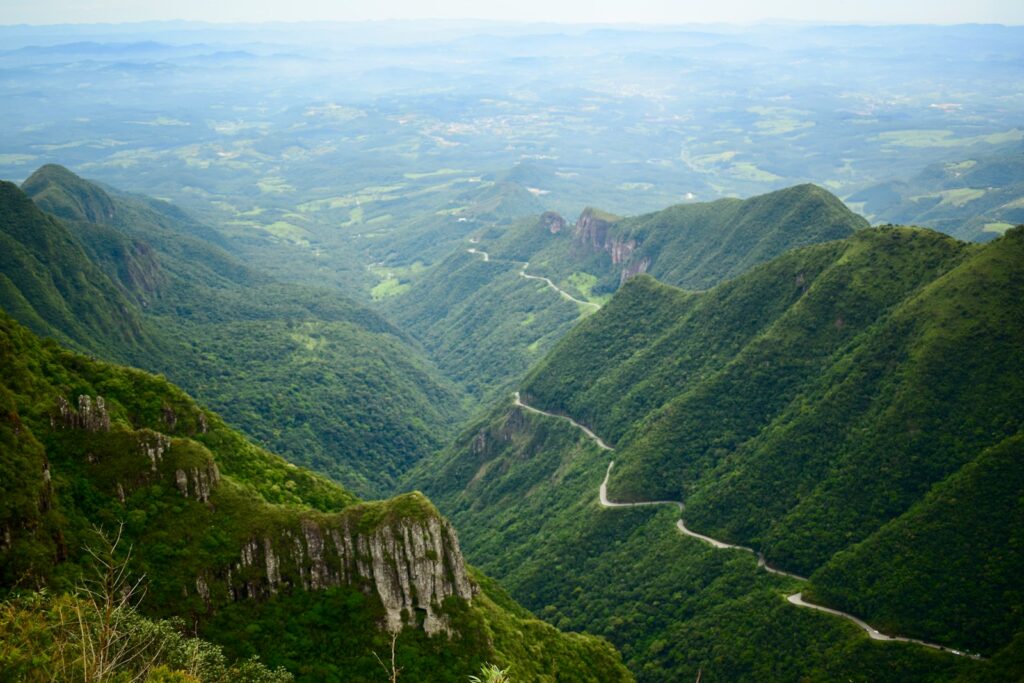
The Spix’s Macaw evolved to thrive in a very specific ecosystem – the caatinga woodland of northeastern Brazil, particularly along the Rio São Francisco in the state of Bahia. This semi-arid environment is characterized by thorny scrub vegetation and distinctive Caraibeira trees (Tabebuia aurea), which provided essential nesting cavities for the birds. The species developed a specialized diet heavily dependent on the seeds, nuts, and fruits native to this region, creating an ecological dependency that made them particularly vulnerable to habitat changes. The macaws played an important role in their ecosystem as seed dispersers, helping to maintain the biodiversity of the caatinga. Their disappearance represents not just the loss of a species but a disruption to an entire ecological network.
Primary Causes of Population Collapse
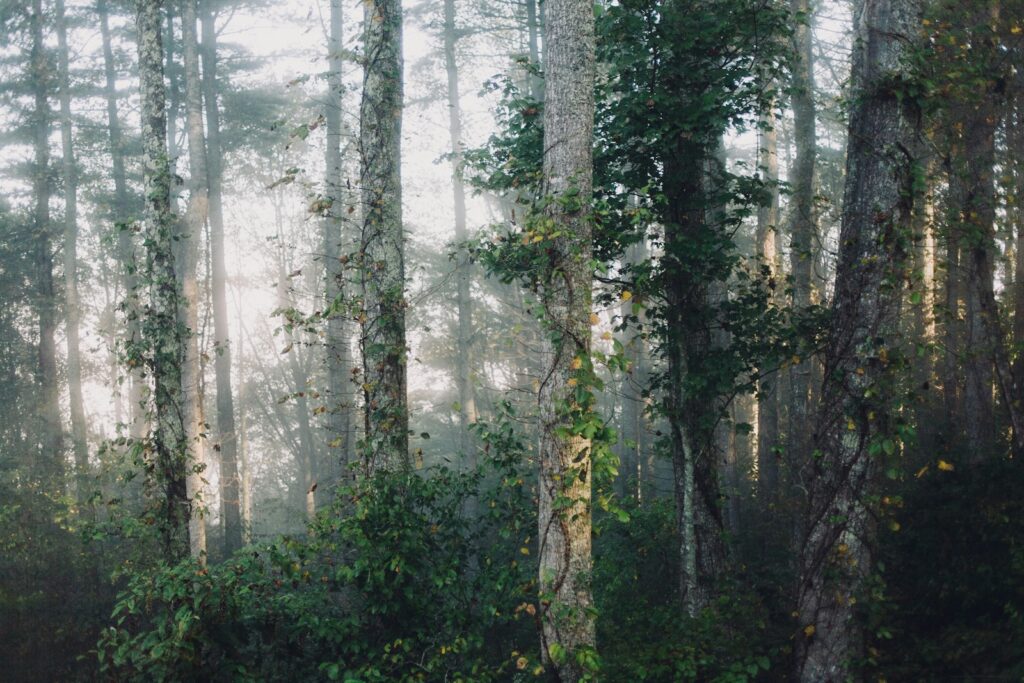
The catastrophic decline of the Spix’s Macaw can be attributed to several interconnected factors, with habitat destruction standing as the primary culprit. The clearing of caatinga woodland for agriculture, particularly the removal of old-growth Caraibeira trees that provided critical nesting sites, effectively eliminated the bird’s ability to reproduce in the wild. Concurrently, the illegal wildlife trade placed immense pressure on remaining populations, with collectors willing to pay tens of thousands of dollars for a single bird, creating powerful incentives for poaching. Climate change has exacerbated these pressures by altering rainfall patterns in the already semi-arid region, further stressing the delicate ecosystem. Additionally, the introduction of Africanized honeybees competed for the limited nesting cavities, while domestic cats and rats preyed on eggs and nestlings, delivering the final blows to an already vulnerable population.
The Last Wild Bird: A Solitary Existence
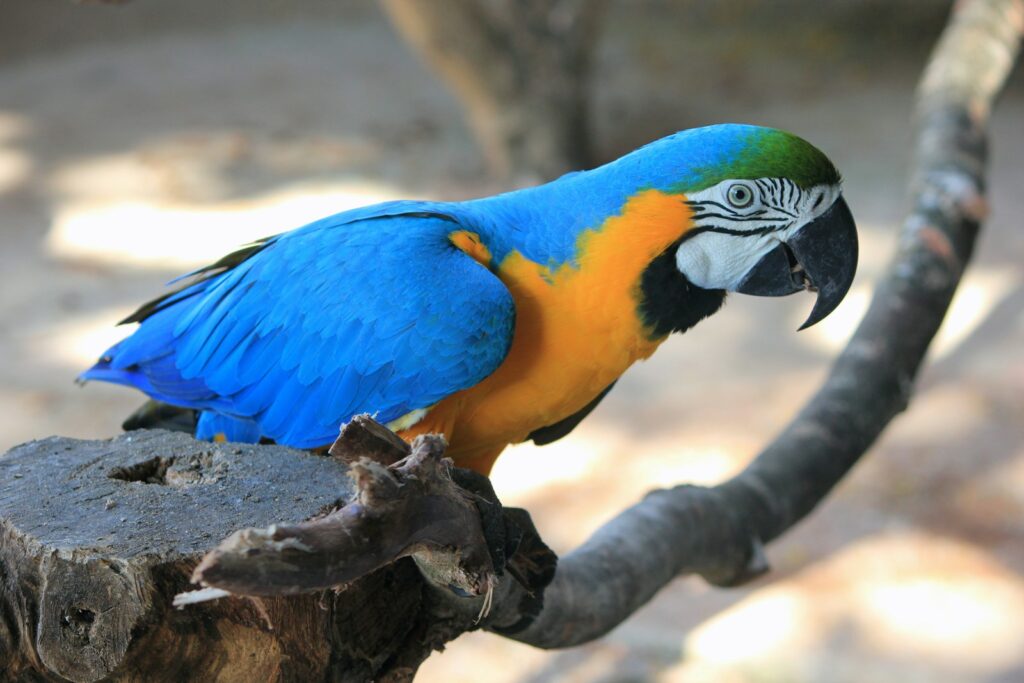
The story of the last known wild Spix’s Macaw encapsulates the tragedy of the species’ decline. Discovered in 1990, this solitary male lived alone in the remnants of the bird’s native habitat, the last of his kind in the wild. Conservation biologists observed his unusual bond with a female Blue-winged Macaw, a different species with whom he would fly and interact, highlighting the social nature of these birds and the profound loneliness of being the last of one’s kind. For nearly a decade, this male represented the only wild hope for the species, with researchers attempting various interventions including the release of a captive female, which unfortunately disappeared shortly after. In late 2000, the male vanished as well, not seen again despite extensive searches, marking what many consider the functional extinction of the species in its natural habitat.
Captive Breeding Programs: A Race Against Time

When the gravity of the Spix’s Macaw’s situation became apparent in the 1980s, conservation organizations began establishing captive breeding programs as a last resort to save the species. The Association for the Conservation of Threatened Parrots (ACTP) in Germany, the Al Wabra Wildlife Preservation in Qatar, and several Brazilian facilities have maintained the remaining population, carefully managing genetic diversity to prevent inbreeding. These programs face significant challenges, including the birds’ specialized breeding requirements and the limited genetic diversity of the captive population, which descended from just a handful of individuals. Despite these obstacles, the breeding programs have achieved modest success, gradually increasing numbers from fewer than 20 in the 1990s to approximately 160 individuals in captivity today. Each successful hatching represents a small victory in the ongoing battle to prevent the species’ complete extinction.
The Spix’s Macaw in Popular Culture

The plight of the Spix’s Macaw gained worldwide attention through the 2011 animated film “Rio,” which featured a fictional Spix’s Macaw named Blu who believes he is the last of his kind. While taking creative liberties, the film succeeded in raising global awareness about this critically endangered species and the broader issues of wildlife trafficking and habitat destruction. Documentary films like “Birds of a Feather” have also chronicled conservation efforts, bringing the bird’s story to international audiences. The Spix’s Macaw has become a powerful symbol in conservation circles, often referenced as a cautionary tale about the consequences of environmental negligence. This cultural visibility has proven valuable for fundraising efforts and increasing public support for conservation initiatives targeting both this species and other endangered wildlife.
Reintroduction Efforts and Habitat Restoration
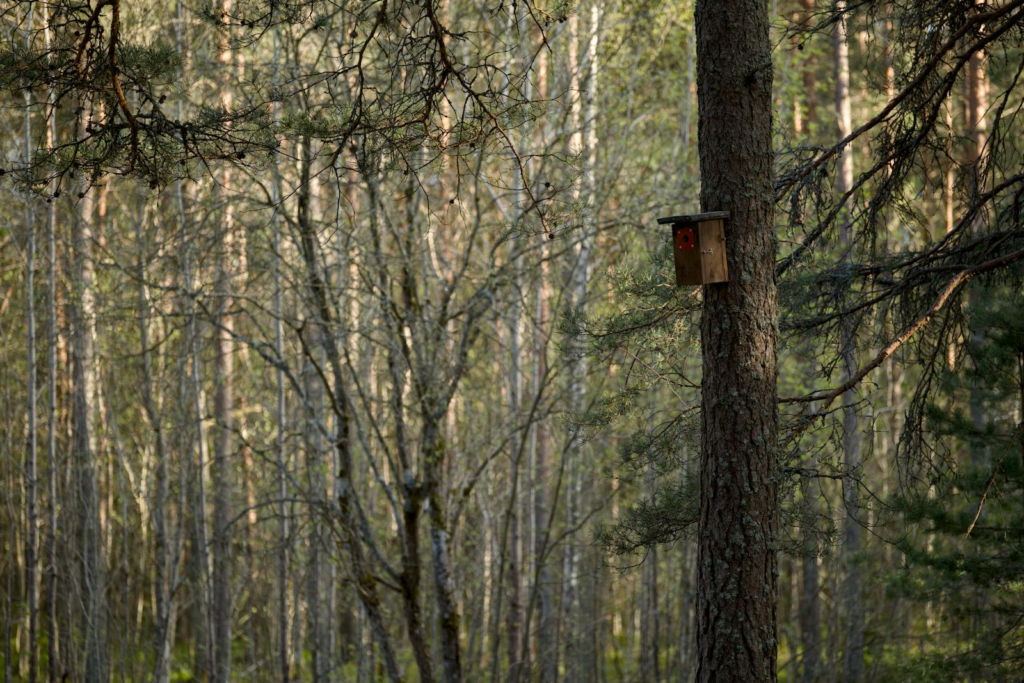
In a remarkable conservation effort, plans are underway to reintroduce the Spix’s Macaw to protected areas of its former range. The Brazilian government, in partnership with conservation organizations, has established the 29,000-hectare Spix’s Macaw Wildlife Refuge in the state of Bahia, specifically designed to provide suitable habitat for future reintroductions. Extensive habitat restoration work is being conducted, including the planting of thousands of Caraibeira trees and other native vegetation essential to the species’ survival. A pre-release facility has been constructed near the town of Curaçá, where captive-bred birds undergo acclimatization training to develop the skills needed for survival in the wild. The first experimental releases began in 2022, marking a historic moment in the species’ conservation journey and offering a glimmer of hope for its future.
Genetic Challenges and Scientific Innovations
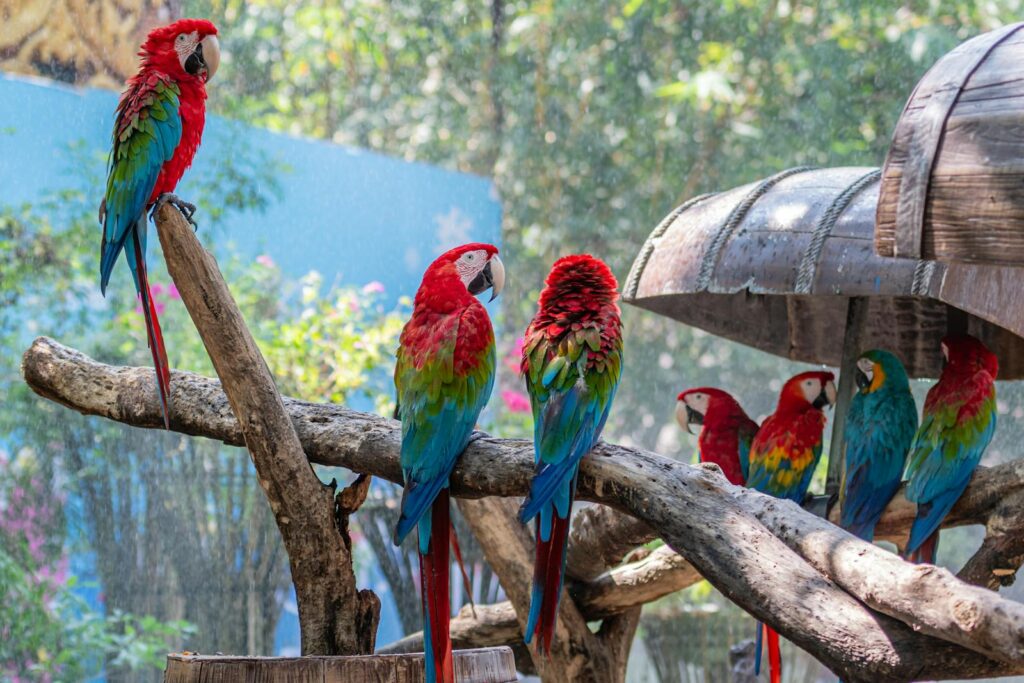
The extremely small founding population of the captive Spix’s Macaws presents significant genetic challenges that threaten the long-term viability of the species. With all remaining birds descended from fewer than 15 individuals, genetic diversity is severely limited, raising concerns about inbreeding depression and reduced adaptability to environmental changes. Conservation geneticists have implemented sophisticated breeding strategies, carefully matching individuals based on genetic analysis to maximize diversity in offspring. Advanced reproductive technologies, including artificial insemination and potentially even cloning, are being explored as ways to overcome these genetic limitations. Some researchers are investigating the possibility of using CRISPR gene-editing technology to potentially increase genetic diversity, though such approaches remain controversial and experimental in conservation contexts.
International Collaboration and Conservation Politics

The survival of the Spix’s Macaw has required unprecedented international cooperation across political and cultural boundaries. The International Recovery Plan for the species involves governmental agencies from Brazil, conservation organizations from Europe and the Middle East, and scientific expertise from around the world. This collaboration hasn’t been without tensions, particularly regarding ownership and control of the birds, with complex negotiations required to convince private collectors to contribute their birds to official breeding programs. The Brazilian government has asserted sovereign rights over the species as part of its natural heritage, while acknowledging the essential role of international partners in saving the macaw. This case highlights the complex interactions between national sovereignty, global conservation needs, and the ethical questions surrounding responsibility for preventing extinctions.
Legal Protections and Anti-Trafficking Measures
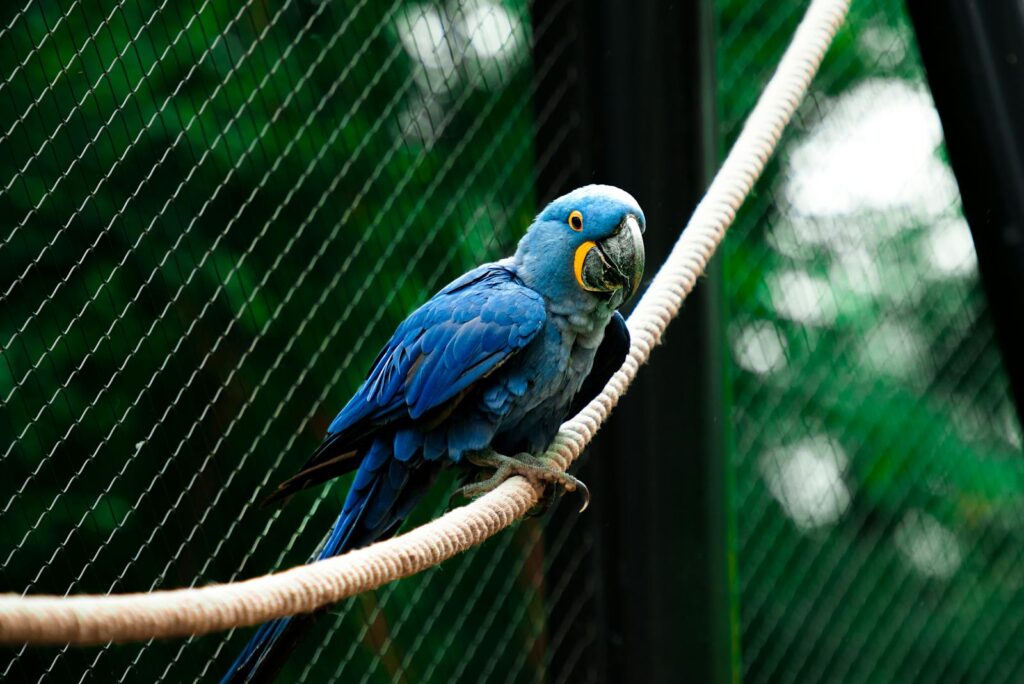
The Spix’s Macaw enjoys the highest level of legal protection available under international law, listed on Appendix I of the Convention on International Trade in Endangered Species (CITES), which prohibits all international commercial trade. Additionally, Brazilian national laws provide strict protection for the species and its habitat, with severe penalties for poaching or trafficking. Despite these protections, illegal wildlife trafficking remains a significant threat, with birds potentially worth hundreds of thousands of dollars on the black market. Conservation authorities have implemented specialized enforcement programs, including increased monitoring of potential trafficking routes and the use of microchips to identify and track legally held birds. International police cooperation, including Interpol’s wildlife crime units, has resulted in several high-profile seizures of illegally held Spix’s Macaws, returning them to official conservation programs.
The Broader Implications for Conservation Science
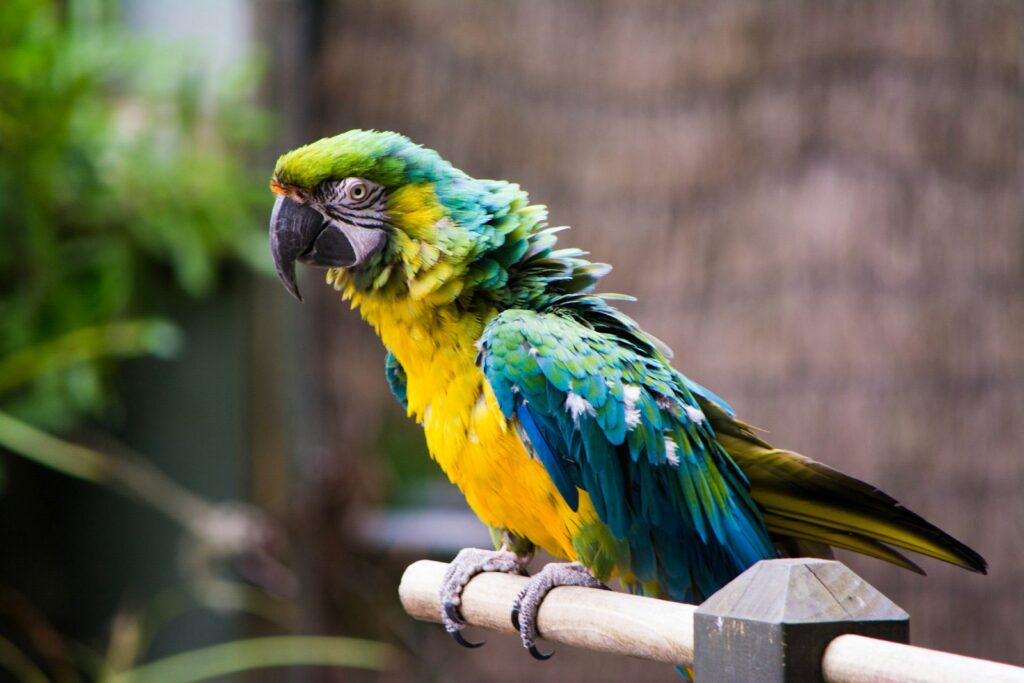
The case of the Spix’s Macaw has become a landmark in conservation biology, offering important lessons about the challenges of saving species on the brink of extinction. Scientists have gained valuable insights into the minimum viable population sizes needed for species survival and the genetic management of extremely small populations. The species’ decline demonstrates the particular vulnerability of habitat specialists with limited ranges and specific ecological requirements. Conservation methodologies developed for the Spix’s Macaw, including specialized captive breeding techniques and reintroduction protocols, are now being applied to other critically endangered birds around the world. Perhaps most importantly, this case has highlighted the need for proactive conservation before species reach such critically low numbers, as the costs and difficulties of recovery increase exponentially as populations decline.
Hope for the Future: Can We Bring Them Back?

Despite the enormity of the challenges, there are reasons for cautious optimism about the future of the Spix’s Macaw. The steady increase in the captive population demonstrates that extinction can be prevented with sufficient resources and expertise. The establishment of protected areas in the species’ native range addresses one of the primary factors in its decline, creating the potential for a self-sustaining wild population to eventually reestablish. Early reintroduction efforts, while still experimental, have shown promising signs with released birds demonstrating adaptation to the wild environment. Public awareness and funding for conservation have increased significantly, partly due to media attention and the species’ charismatic appeal. While the Spix’s Macaw may never again be abundant, its story has evolved from one of inevitable extinction to a narrative of possibility – a testament to human capacity to reverse even the most dire conservation crises when sufficient determination and resources are applied.
The story of the Spix’s Macaw stands as both a warning and an inspiration in wildlife conservation. This brilliant blue bird, reduced to fewer than 50 wild individuals before disappearing entirely from its natural habitat, represents the devastating consequences of habitat destruction and wildlife trafficking. Yet it also demonstrates humanity’s capacity to recognize our mistakes and work collaboratively across borders to reverse the damage. Through captive breeding, habitat restoration, and planned reintroductions, conservationists are writing a new chapter for this species. While the Spix’s Macaw may never reclaim its former place in Brazil’s caatinga woodlands, the enormous effort to prevent its extinction has generated valuable knowledge and techniques that benefit conservation science broadly. As we continue to face a global biodiversity crisis, the legacy of this magnificent blue parrot reminds us that even at the precipice of extinction, determined action can create pathways to recovery.
